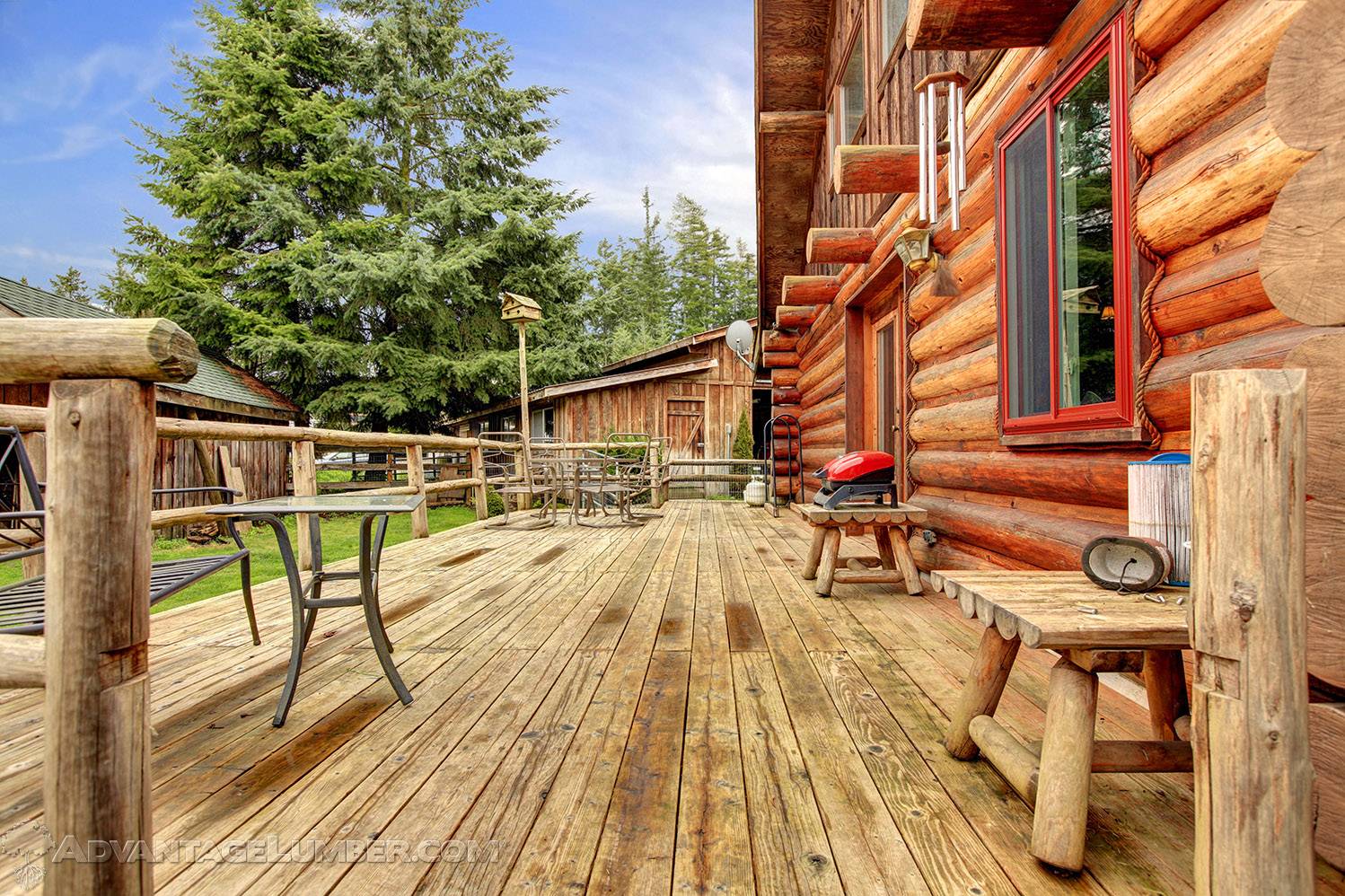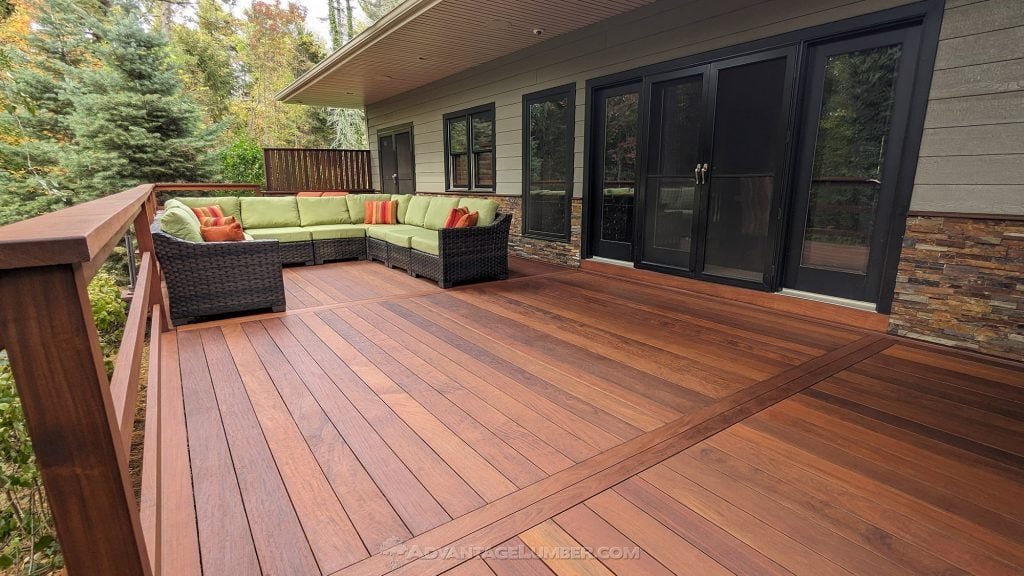When it comes to building a deck, homeowners face a big decision: what material should they choose? Pressure treated wood has long been a go-to option, especially for those who love the look and feel of real wood but are working with a tight budget.
It’s affordable and widely available, making it an attractive choice for many. However, while pressure treated wood has its merits, it’s worth exploring whether it’s truly the best option for your deck—or if other wood species might offer better value and performance in the long run.
The Evolution of Pressure Treated Wood
Pressure treated wood is softwood (usually pine) that’s been infused with chemicals to resist rot, insects, and decay. For years, the standard treatment included chromated copper arsenate (CCA), which was highly effective but came with a downside: arsenic was found to leach into the soil around structures, raising environmental and health concerns. In response, the industry phased out CCA for residential use in the early 2000s, switching to alternatives like alkaline copper quaternary (ACQ) and copper azole (CA).
While these newer formulas are safer, many homeowners have noticed a trade-off: the wood doesn’t seem to last as long as the old CCA-treated versions. Reports of decks showing signs of rot in as little as 10 years have become more common, a stark contrast to the 15-20+ year lifespan once expected with proper care. This shorter durability has made maintenance more critical than ever.
To get the most out of a pressure treated deck, you’ll need to stay on top of sealing and staining it regularly—typically every 1-2 years. Additionally, during construction, using joist tape to protect the framing and ensuring proper ledger flashing to prevent water infiltration can help extend its life. Without these steps, you’re rolling the dice on how long your deck will hold up.
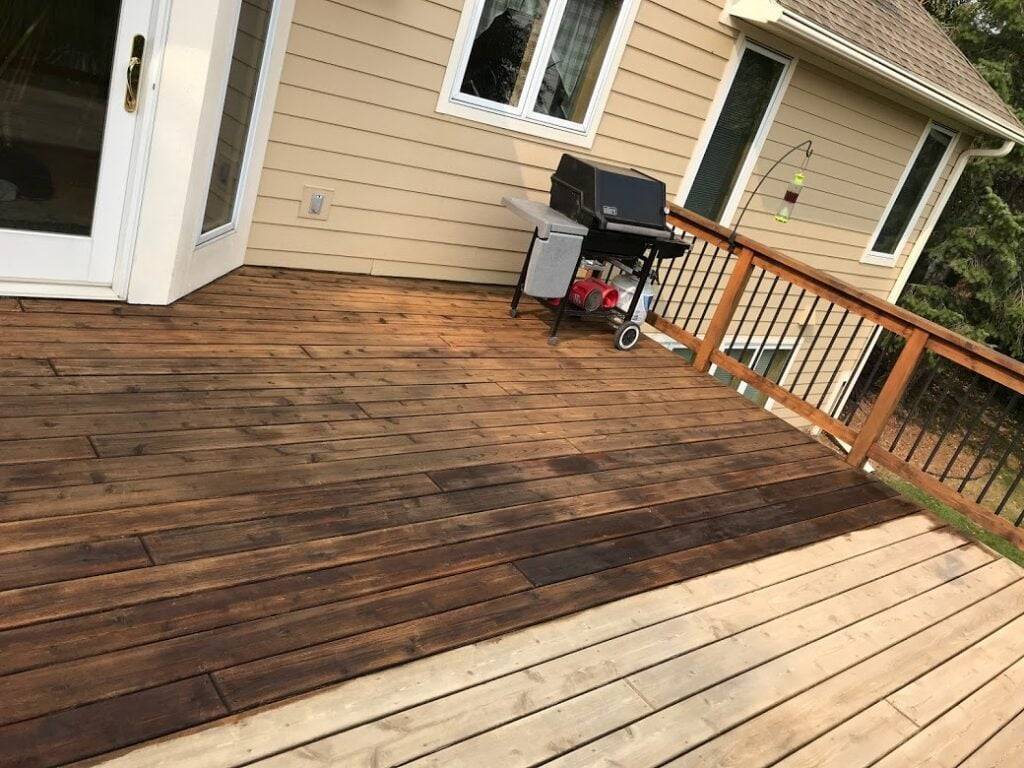
Pressure Treated Wood vs. Hardwood Alternatives
So, is pressure treated wood really “better” for decks? It depends on your priorities. If cost is your main concern, it’s hard to beat at roughly $1.25-$2.00 per linear foot. But if you’re looking for longevity, low maintenance, and superior durability, there are other wood species that outshine it by a wide margin. Let’s take a look at some of these options—Ipe, Cumaru, Tigerwood, Garapa, Brazilian Redwood, Teak, and Mahogany—and see how they stack up in terms of benefits, lifespan, hardness, and price.
1. Ipe (Brazilian Walnut)
- Benefits: Known as one of the toughest woods in the world, Ipe is naturally resistant to rot, insects, weathering, and even fire (it has a Class A fire rating). It’s low maintenance and doesn’t splinter, making it ideal for barefoot-friendly decks.
- Lifespan: Up to 75 years with minimal upkeep.
- Janka Hardness: 3,680 lbf—exceptionally dense and durable.
- Price Range: $5 – $7 per linear foot.
- Why It’s Worth It: While pricier than pressure treated wood, Ipe’s incredible longevity means you won’t need to replace your deck for generations, saving money over time.
2. Cumaru (Brazilian Teak)
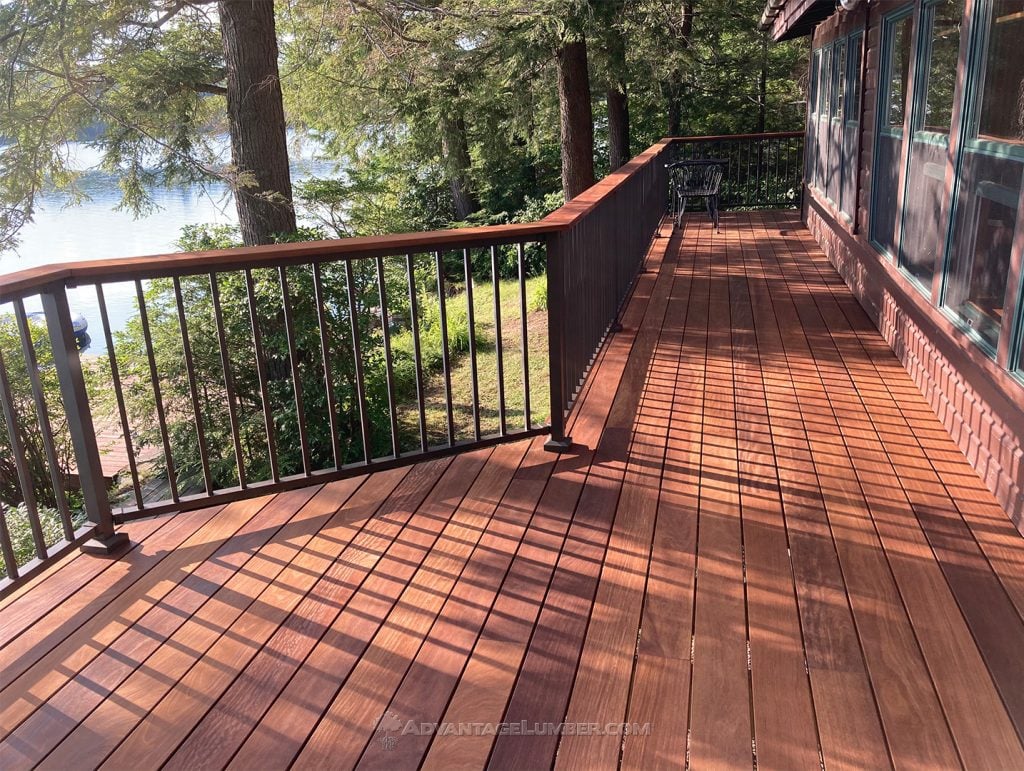
- Benefits: Nearly as hard as Ipe, Cumaru offers similar resistance to rot, insects, and decay. Its rich reddish-brown tones add warmth to any outdoor space.
- Lifespan: 30-50 years with little maintenance.
- Janka Hardness: 3,540 lbf—almost identical to Ipe.
- Price Range: $4 – $5 per linear foot.
- Why It’s Worth It: Cumaru delivers Ipe-like durability at a lower cost, making it a fantastic middle-ground option.
3. Tigerwood
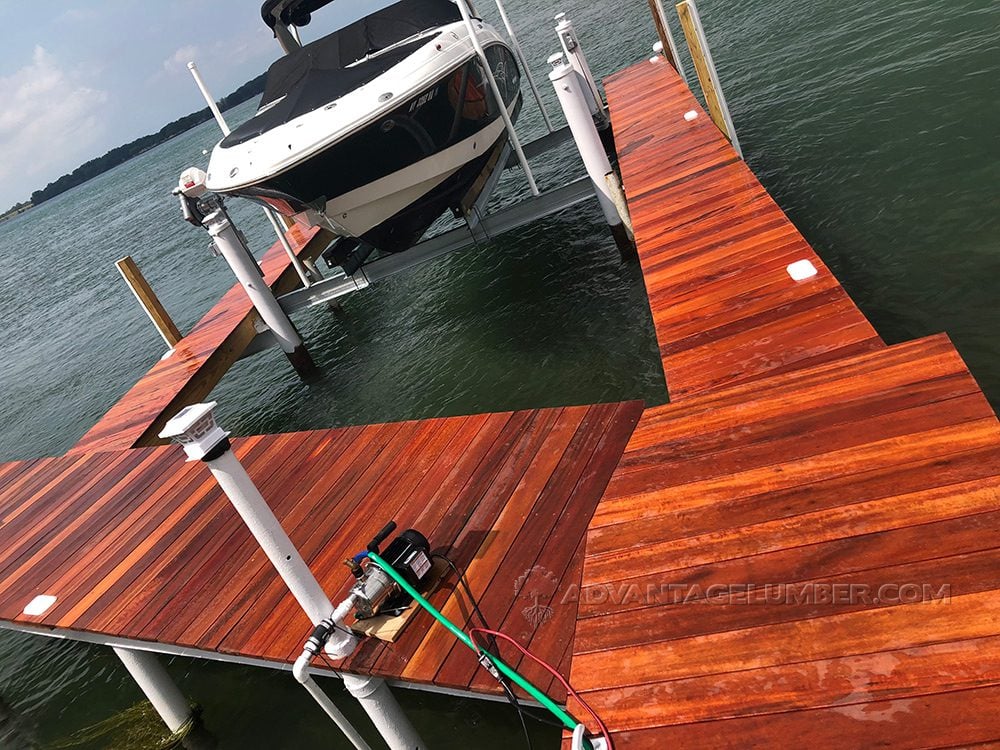
- Benefits: With its striking golden-brown color and dark streaks, Tigerwood is both beautiful and durable. It resists insects, rot, and weathering while requiring minimal care.
- Lifespan: 30+ years.
- Janka Hardness: 2,160 lbf—still much harder than pressure treated pine (around 690 lbf).
- Price Range: $2 – $3 per linear foot.
- Why It’s Worth It: Its unique aesthetic and solid durability make it a standout choice that’s not far off from pressure treated pricing.
4. Garapa (Brazilian Ash)
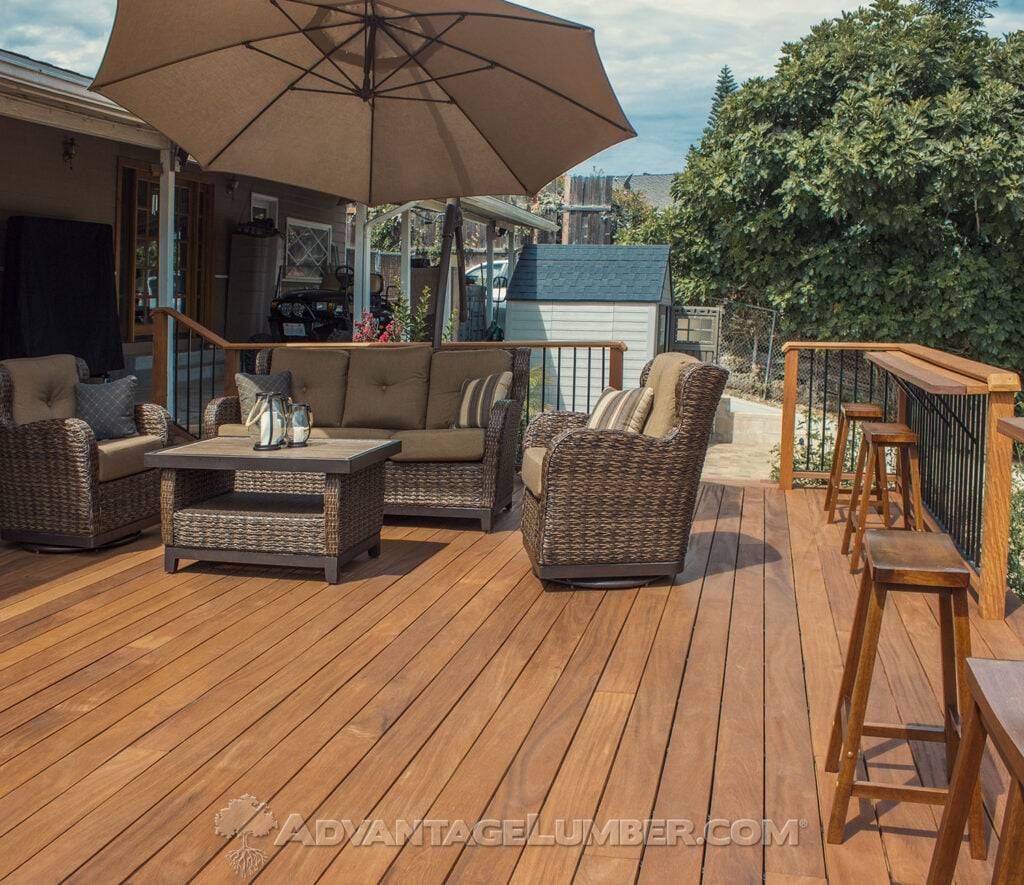
- Benefits: Garapa’s golden hue brightens up decks, and it’s naturally resistant to rot, insects, and scratches. It’s easier to work with than denser woods like Ipe.
- Lifespan: 30-50 years.
- Janka Hardness: 1,650 lbf—tougher than most domestic hardwoods.
- Price Range: $2 – $3 per linear foot.
- Why It’s Worth It: At a price close to pressure treated wood, Garapa offers far better durability and less maintenance.
5. Brazilian Redwood (Massaranduba)
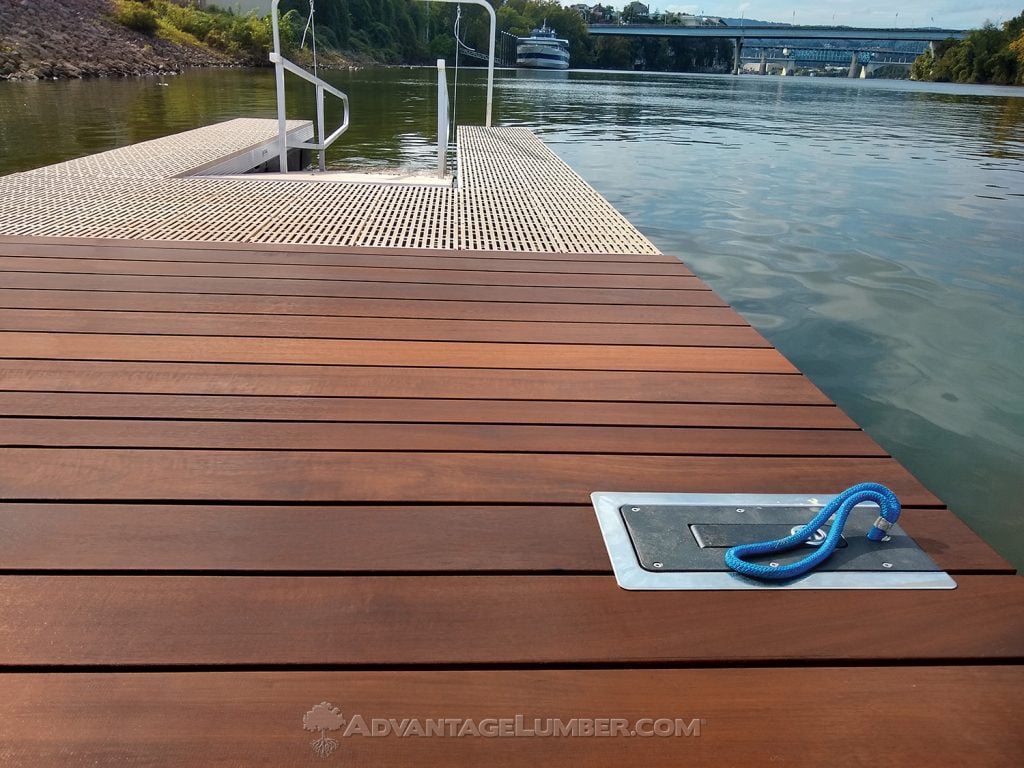
- Benefits: This deep red wood is highly durable, resisting rot, insects, and heavy wear. It’s stronger than California Redwood and requires little upkeep.
- Lifespan: 30-50 years.
- Janka Hardness: 3,190 lbf—over seven times harder than pressure treated pine.
- Price Range: $3 – $4 per linear foot.
- Why It’s Worth It: Its strength and longevity make it a cost-effective alternative to softer woods.
6. Teak
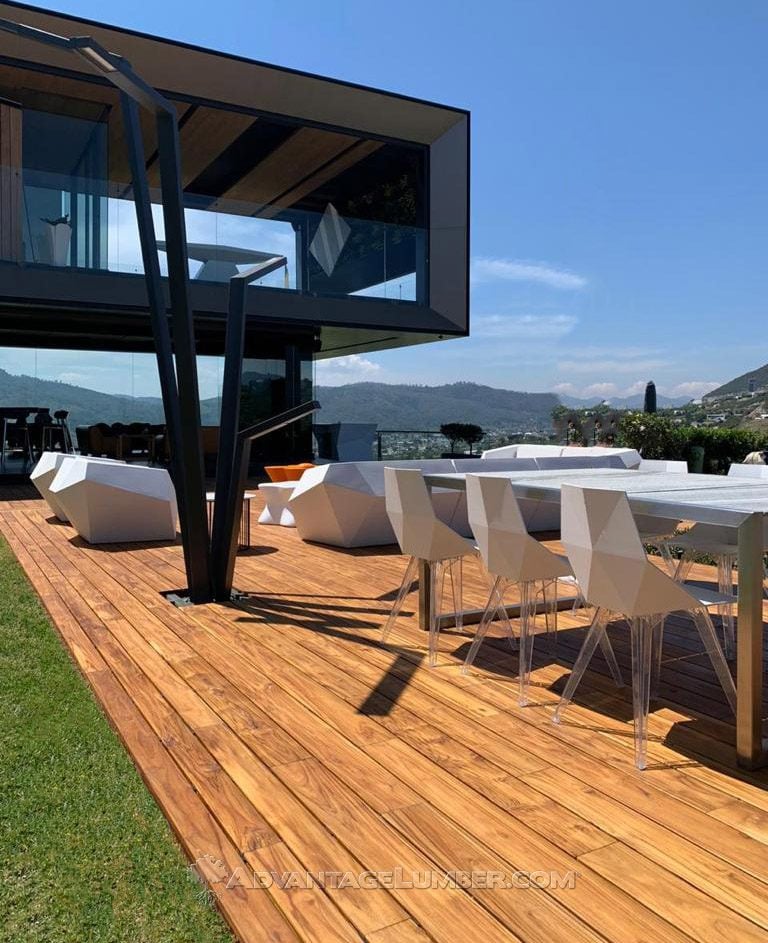
- Benefits: Famous for its use in boat building, Teak is rich in natural oils that repel water, rot, and insects. It’s also lightweight compared to other hardwoods.
- Lifespan: 25-30 years.
- Janka Hardness: 1,155 lbf—less hard but still durable.
- Price Range: $3 – $4 per linear foot.
- Why It’s Worth It: Teak’s premium look and weather resistance come at a higher cost, but its low maintenance appeals to many.
7. Mahogany
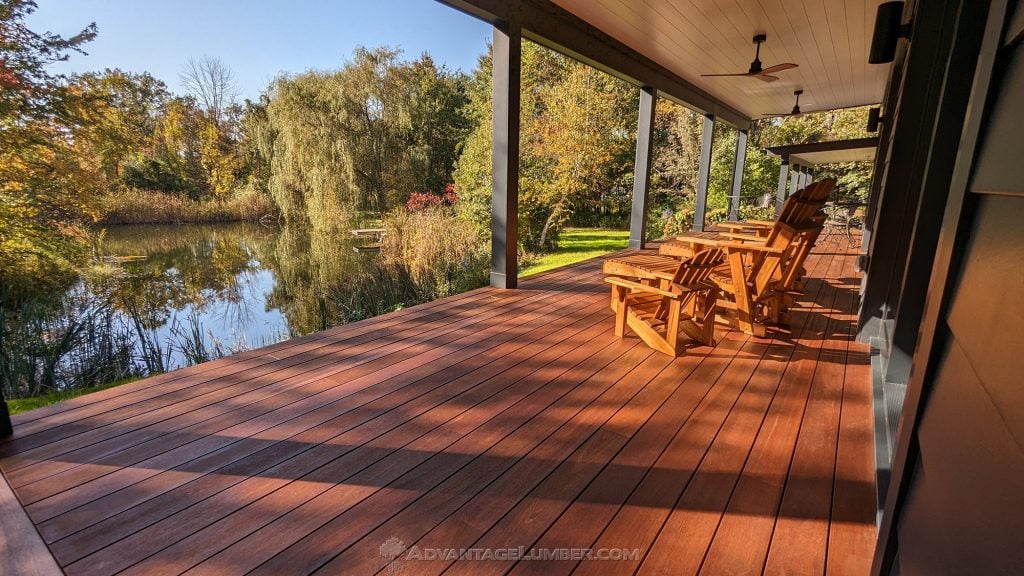
- Benefits: Mahogany offers a classic reddish-brown look with good resistance to rot and insects. It’s easier to work with than ultra-dense woods.
- Lifespan: 20-25 years.
- Janka Hardness: 800-2,500 lbf (varies by species; Honduran Mahogany is harder).
- Price Range: $3 – $4 per linear foot.
- Why It’s Worth It: It’s a step up from pressure treated wood in durability and beauty, though it requires more care than tropical hardwoods.
The Cost Comparison
Here’s the kicker: some of these durable woods aren’t that much more expensive than pressure treated wood. Garapa, for instance, starts at just $2 – $3 per linear foot—barely above the high end of pressure treated pricing. Even Cumaru and Brazilian Redwood, with their 30-50 year lifespans, hover around $2.00-$4.00 per linear foot. Compare that to a pressure treated deck that might need replacing in 10-15 years, plus the ongoing cost of sealers and repairs, and the gap narrows significantly. Ipe and Cumaru are pricier, but their exceptional lifespans and minimal upkeep can make them a better investment over decades.
Final Thoughts
Pressure treated wood is a solid choice for budget-conscious homeowners who don’t mind rolling up their sleeves for regular maintenance. But “better” is subjective. If you value durability, low maintenance, and a deck that lasts for decades, tropical hardwoods like Ipe, Cumaru, Tigerwood, Garapa, and Brazilian Redwood—or even Teak and Mahogany—blow pressure treated wood out of the water. They’re tougher, longer-lasting, and, in some cases, surprisingly affordable. So, before you commit, weigh your priorities: short-term savings or long-term value? Your deck deserves the best you can give it.
